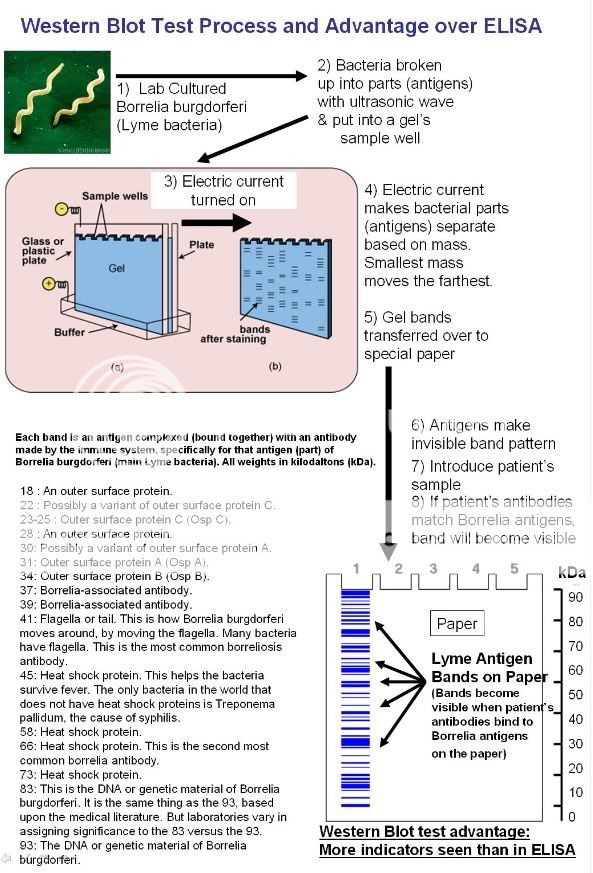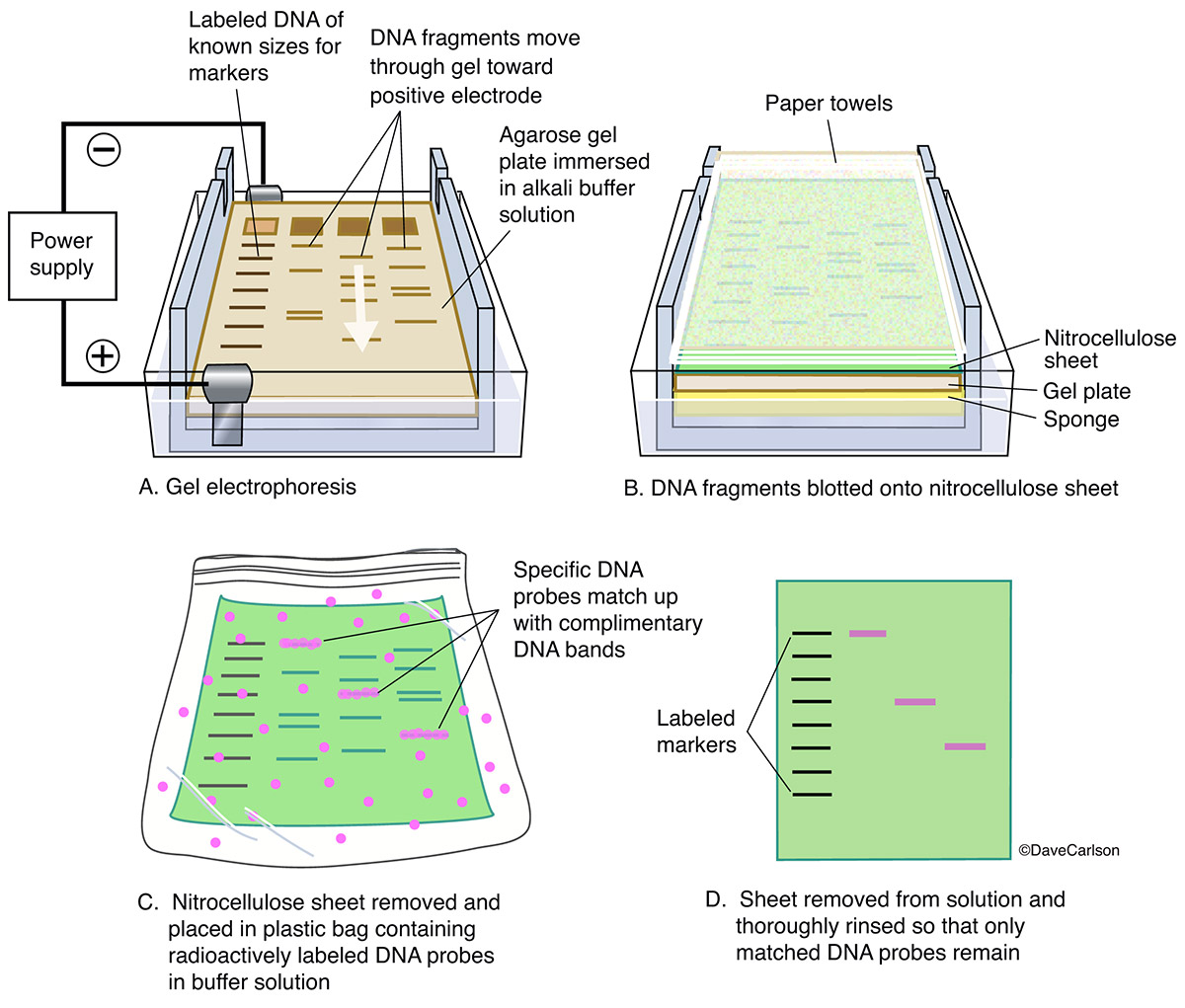

However, colorimetric substrates are perfect for the detection of abundant proteins since the reaction can be monitored visually and allowed to progress until there is adequate color development before being stopped. The limited sensitivity of chromogenic substrates can make it difficult to optimize them for detecting proteins of low abundance, although the chromogenic reaction can be allowed to develop for several hours (or even overnight) to allow the background signal to develop simultaneously.


Colorimetric detection relies on the generation of a colored product that becomes deposited on the western blot, which is formed following the conversion of a chromogenic blotting substrate by an appropriate enzyme. The left panel demonstrates indirect detection while the right panel shows direct detection.

Schematic representation of colorimetric western blot detection. Each has advantages and disadvantages, which depend on your needs and equipment available in your lab. There are several different choices of readout when western blotting. You can watch our on-demand western blot webinar for more information on the western blot procedure. In direct labeling analysis, the need for the secondary antibody step is eliminated, thereby simplifying the procedure, shortening the protocol, and expediting the time to results.Finally, the membrane is washed again and incubated with an appropriate enzyme substrate (if necessary), producing a reportable signal.The fluorescence of the dye or activity of the enzyme, such as alkaline phosphatase (AP), glucose oxidase (GO) or horseradish peroxidase (HRP), is necessary for signal generation.Following a washing step, the membrane is typically incubated with a dye or enzyme-conjugated secondary antibody that is directed against the primary antibody.After a blocking step, the membrane is probed with a primary antibody that was raised against the antigen in question.In a traditional western blot (indirect labeling), protein samples are first resolved by SDS PAGE and then electrophoretically transferred to the membrane.To learn more about the procedure, refer to our western blot protocol. Western blot indirect and direct labelingīefore running a western blot, it is extremely important to research the target protein thoroughly. The western blot technique requires samples to be resolved based on size through sodium dodecyl sulfate-polyacrylamide gel electrophoresis ( SDS PAGE), following which they are transferred to and immobilized on a membrane before antibody-based detection. It is no longer being maintained up to date.Ĭopyright © 2023, StatPearls Publishing LLC. Western blot aims to identify specific proteins within a complex mixture. This article remains for historical purposes and use in laboratories that still use this test. The Western Blot test is no longer recommended for use by the CDC. Quantifying bands on a western blot by densitometry allows a researcher to quantitatively compare samples (e.g., a treatment or time effect). When such probes are used, the detection limits can be 10 to 100 times lower than when direct immunoprecipitation and staining of proteins are conducted. Once the proteins are in the membrane, they can be detected using antibodies labeled with probes, such as radioactive isotopes or enzymes. Two types of HTLV are most commonly identified through testing: HTLV-I and HTLV-II. It involves separating the individual proteins by polyacrylamide gel electrophoresis and then transferring or blotting onto an overlying strip of nitrocellulose or nylon membrane by electro-blotting. This test detects an HTLV infection in order to help identify the virus as the underlying cause of an individual’s leukemia, lymphoma, rare nervous system disorder, chronic pulmonary infection, uveitis, infectious dermatitis, or other inflammatory disorder. Western blotting separates, detects, and identifies one or more proteins in a complex mixture. Burnette in 1981 after the eponymous Southern blot for DNA and the consequent coinage of the northern blot in 1977 for RNA. The name ‘western’ blot was first coined by Dr.


 0 kommentar(er)
0 kommentar(er)
